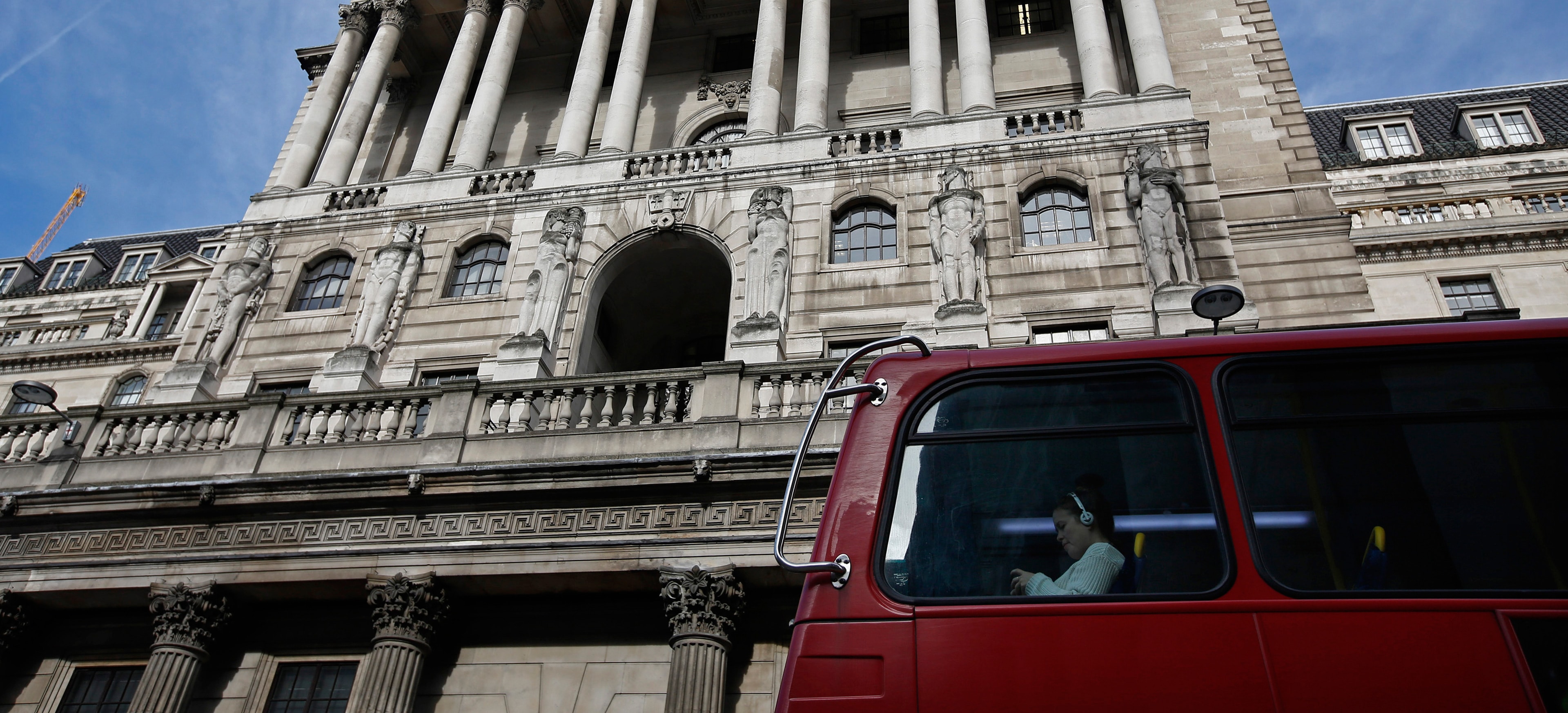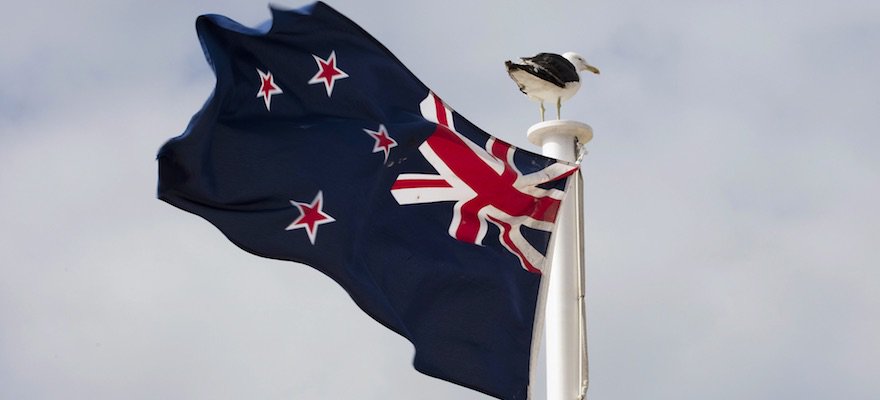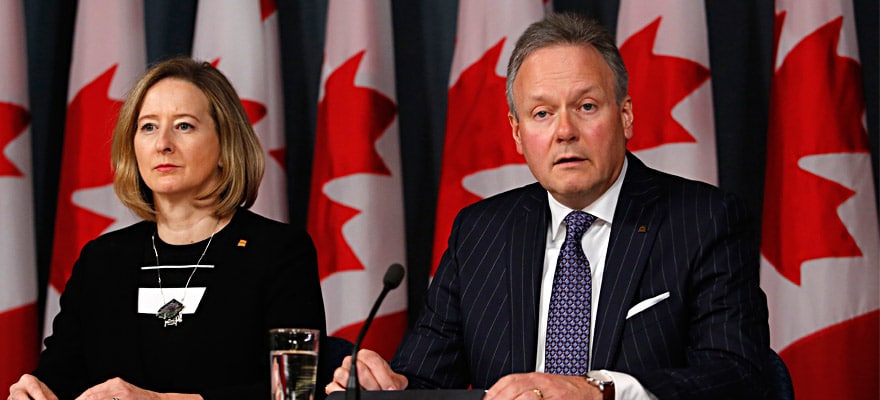The Bank of England (BOE) is on track to raise interest rates in the first half of 2016. This will be the first rate hike in 6 years. Overall, data from the UK has been positive and language from BOE members has been hawkish. This adds bullish sentiment to the already fundamentally bullish sterling currency.
Hawkish Tones
At the recent Inflation Report Hearings, held on Tuesday, July 14, Governor Mark Carney stated that "the point at which interest rates may begin to rise is moving closer given the performance of the economy." This was perceived by the market as extremely hawkish and sterling rallied across the board immediately. Cable spiked over 100 pips in the ten minutes following the comment. Such a clear and direct tone from a central bank governor sends a strong message to markets. This comment is likely to set the sentiment for GBP in the sessions to come.
Carney's hawkish comments are likely to set the sentiment for GBP in the sessions to come.
To add to Carney's comment, more hawkish language was coming out of the BOE several hours later. Monetary Policy Committee (MPC) member and soft-hawk, David Miles, stated that waiting too long to start raising rates would be "a bad mistake." He added that "the time to start normalization is soon." Such comments may be expected from bolder commentators but to hear this from one of the more dovish members on the MPC is quite significant. It means that rates will likely rise within 12 months and that this is a view held by the majority of the BOE. Some major investment banks have noted that the BOE may even raise rates sooner than the market currently expects. In a similar vein, Barclays is forecasting a rate rise in the first quarter of 2016, as opposed to the second quarter as is currently priced in. Language from BOE members has been supportive of the pound in recent sessions and the currency will remain buoyed against most counterparts.
Because the BOE does not release a statement of rate decisions unless there is a change in the bank rate, market participants and analysts must examine Meeting Minutes to gain insights into the bank's thinking. The last several MPC Meeting Minutes have been supportive of the pound. They showed that for two members the decision to vote for rates remaining unchanged was finely balanced. This means we could quite possibly see a shift in bank rate votes at the next vote on July 22. The Minutes also showed that the MPC sees the current low inflation levels as temporary and largely a consequence of the fall in oil prices. Indeed, minutes for the last three months have been relatively hawkish.
Statistical Signals
In the most recent Quarterly Inflation Report, released May 13, the BOE cut its forecasts for economic growth over the next three years and confirmed it will likely start to raise interest rates in around a year's time. GDP projections for 2015 were reduced from a February estimate of 2.9% to 2.5%. The bank also cut forecasts for exports, business investment and household spending. Collectively, the inflation report and press conference prompted selling in sterling due to the reductions in projections.
CPI for the year ending June 30 showed that consumer prices remained flat for the 12 month period. This was largely in line with the bank's expectations as they see inflation beginning to slowly rise in the coming months from the recent, temporarily deflated levels. The monthly reading for June also came in flat, which was below economists' consensus of 0.1%. Core inflation for the annual period dropped back to 0.8% from 0.9%, which means the bank is still over 1% away from its target, excluding the effects of lower oil. The BOE has not expressed concern over the current zero inflation levels; the coming months are expected to track higher. But, now that wage growth has begun to rise sharply, the price inflation is the missing piece of the puzzle before the BOE can commit to rate rises.
This month's average earnings showed the greatest increase in wage inflation in 5 years.
The latest jobs figures deserve some careful attention; although all figures came in worse than analysts' expectations and the pound sold off post-release, there was some strong positive aspects to the reading - in terms of wage inflation. The claimant count was especially poor, showing that the number of people claiming unemployment benefits actually increased by 7,000 during the month. This is the first time unemployment has increased in 2 years. Furthermore, the unemployment rate rose to 5.6% from 5.5% the month prior. Along with this, average earnings missed estimates slightly, coming in at 3.2%. Economists' expectations aside, this month's average earnings showed the greatest increase in wage inflation in 5 years - this is resoundingly positive for the UK economy as it shows that employees are beginning to hold more power as employment options increase along with the recovery. It signals that spare capacity in the labour market is diminishing.
GDP readings for the first quarter were revised upwards in the Final released on June 30. The previous estimate showed annual growth of 2.4%. However, the more recent, and more accurate, estimate shows 2.9%. This is yet another bullish factor for sterling. Quarter 2 Preliminary GDP will be released on July 28 and will be crucial for the direction of the pound.
The British Bull
The pound has had a stellar rally in recent months, although rallies always require pullbacks. But given the hawkish rhetoric from the BOE and sharp increases in wage growth, it does not appear that we will be getting any major pullback in coming sessions. The currency did see a small pullback when the budget was released because there was speculation that the cuts in spending may translate into dampened consumer demand and therefore lower inflation and later rate hikes. This was later proven to be pure market speculation as it was not a concern during the Inflation Report Hearings. The small sell-off in GBP after the budget release provided incredibly good trading opportunities to long the currency, especially against weak counterparts such as the Loonie and the Kiwi. In the 4 trading sessions following the July 9 budget-induced sell-off GBP/CAD and GBP/NZD have rallied 780 and 1,000 pips respectively. These are the ripe opportunities we wait for as traders.
The Great British pound is - along with the USD - the strongest currency of the eight majors and we expect it to remain bullish in the near-term.






















